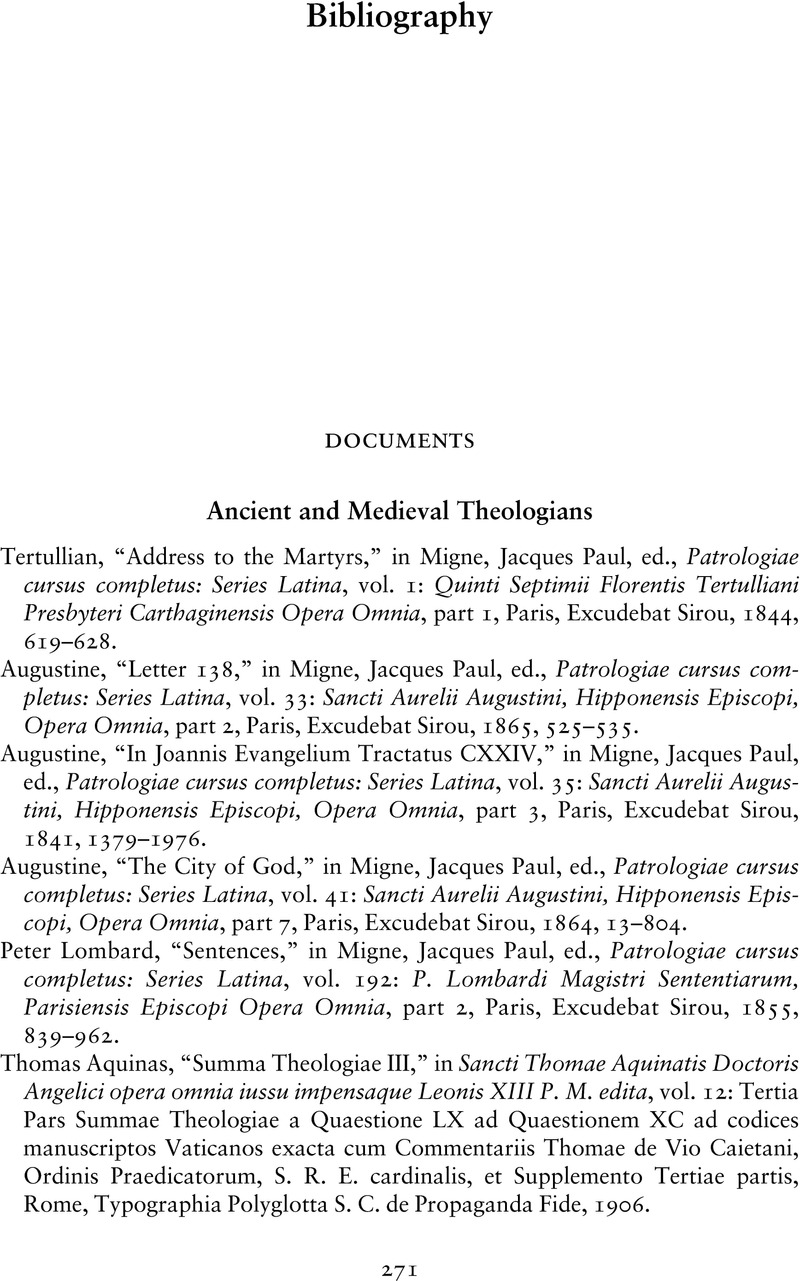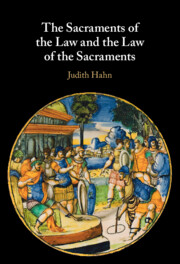Book contents
- The Sacraments of the Law and the Law of the Sacraments
- The Sacraments of the Law and the Law of the Sacraments
- Copyright page
- Contents
- Acknowledgements
- Introduction
- 1 Sacraments in Law and Religion
- 2 The Ritual Frame of Sacraments
- 3 Sacramental Change in Status
- 4 Sacraments as Speech Acts
- Conclusion
- Bibliography
- Index
- References
Bibliography
Published online by Cambridge University Press: 09 November 2023
- The Sacraments of the Law and the Law of the Sacraments
- The Sacraments of the Law and the Law of the Sacraments
- Copyright page
- Contents
- Acknowledgements
- Introduction
- 1 Sacraments in Law and Religion
- 2 The Ritual Frame of Sacraments
- 3 Sacramental Change in Status
- 4 Sacraments as Speech Acts
- Conclusion
- Bibliography
- Index
- References
Summary

- Type
- Chapter
- Information
- The Sacraments of the Law and the Law of the Sacraments , pp. 271 - 286Publisher: Cambridge University PressPrint publication year: 2023



